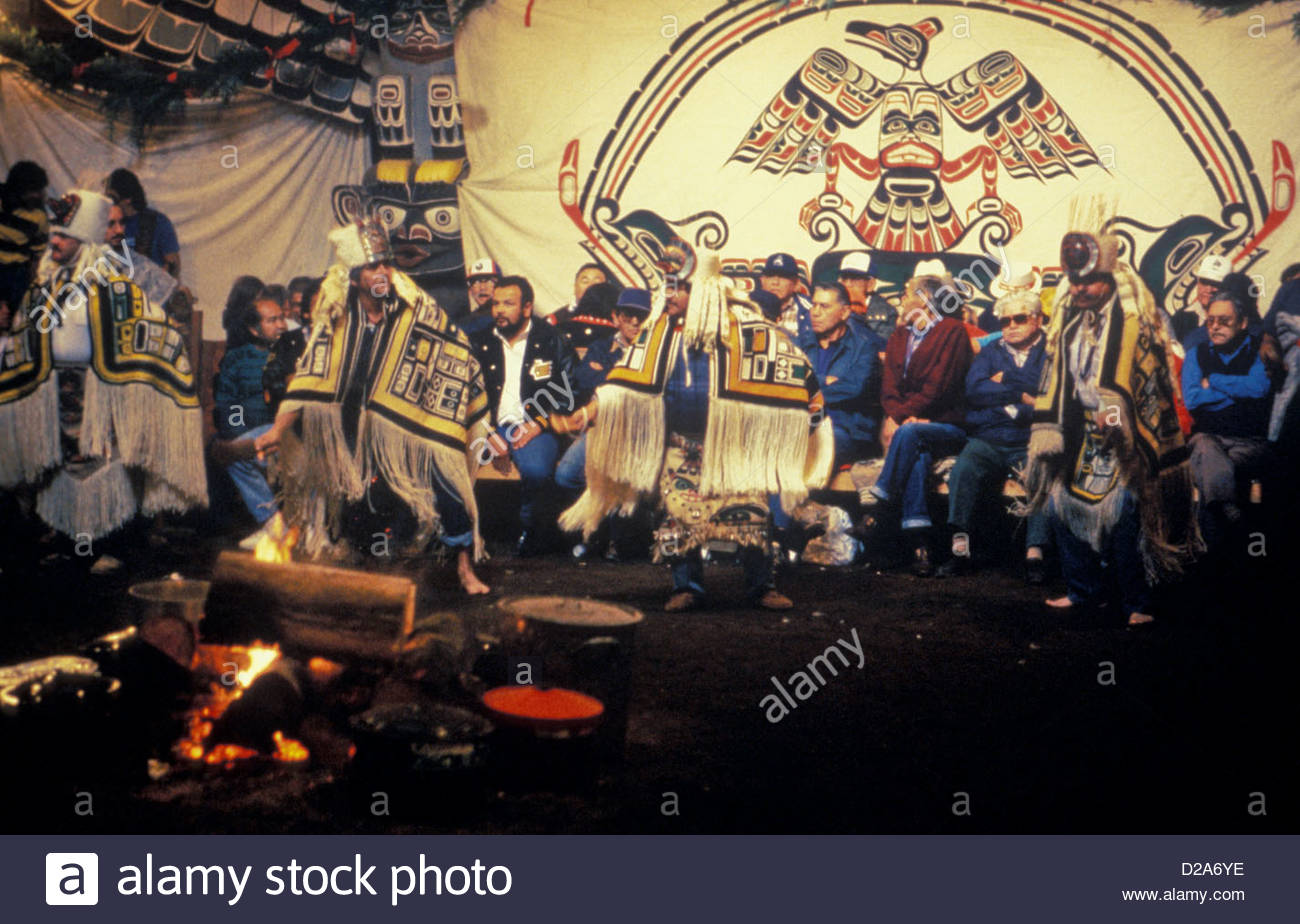3:2-The Indian Act Q.2
The Indian Act of 1876 was a mixture of laws enforced by the Department of Indian Affairs and Northern Development (DIAND), that sought to assimilate Indigenous people into wider Canadian culture by aggressively controlling Indigenous people’s everyday lives and barring them from practicing their culture freely. The purpose of the Indian Act was to force Indigenous people to assimilate by getting rid of their cultural, social and political differences. However, the act also gave DIAND overriding control over Indian status, education, land, resources, and etc., treating them as children incapable of governing themselves. In 1880, Indigenous people needed a permit in order to buy groceries or clothes, and to sell produce. In 1884, Indigenous children were forced to attend residential schools and prevented from speaking their language. Here is a timeline of some of the restrictions that were placed under the Indian Act.
The Potlatch Law of 1884, one of the provisions of the Indian Act, lasted for nearly 75 years; it banned Indigenous people from gathering for potlatches, sun dances, and other crucial ceremonies, harming their ability to pass down their oral history, values, and traditions. Bill C-31 of the Indian Act discriminated against and targeted the status of Indigenous people based on gender. Whereas a man wouldn’t risk losing his status based on who he married, if an Indigenous woman married a non-Indigenous person, she would lose her band membership, treaty benefits, health benefits, and rights to live on her tribe’s land. If she married a man from another tribe, she would lose membership to her own band. And if she was widowed, she would lose her Indian Status and rights.
Based on the Indian Act and other policies targeting Indigenous Peoples, I support Coleman’s argument about the project of White Civility as being part of a fictional identity. Historically, Canadians wanted to build nationalism and unity based on a shared idea of what it meant to be Canadian. According to Coleman, this identity was created around the idea of the British model of civility, revolving around a Canada that was homogeneously white. However, this identity is a fictional one because the harmful acts done by Canada–including the Indian Act of 1876–were completely unfair, discriminatory, cruel, and lacking in empathy. The way that the Canadian government chose to break treaties with Indigenous Peoples, ignore their human rights, try to control them, destroyed their culture, and forced them to assimilate was anything but civil; therefore, completely contradictory of the Canadian identity that is now widespread.
Works Cited

Hi Gaby!
Interesting blog post, I learned a little bit more about The Indian Act that I did not know! In particular, I didn’t know about The Potlach Law of 1884 and how it banned Indigenous people from certain spiritual and social gatherings. This actually breaks my heart and really puts into perspective some additional injustices that Indigenous people have faced throughout our history.
My question for you is: do you believe the Indian Act could be altered to fit today’s perspectives or do you believe it should be completely abolished? If you believe it can be amended, I would love to hear some of the amendments you have in mind!
Can’t wait to hear your thoughts!
Chase.